Profile of a Traditional Learner
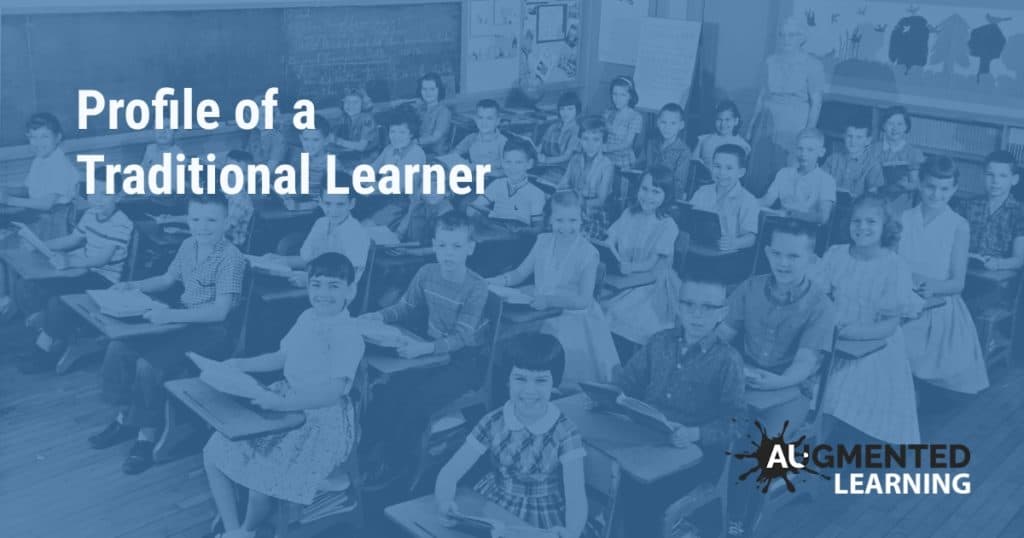

In November I presented a keynote session where I described the differences between a traditional and modern learner profile. This post is part one of a two part series where I start with exploring the characteristics of a traditional learner.
1. Experiences learning face to face
Traditionally, learners have experienced face-to-face learning in the classroom. Showing up to the classroom at a set time, the learner will then progress through the course content using the learning style and method chosen by the teacher. This is a style of learning we have all experienced at some point or another throughout our own education, and is still commonplace today, particularly in Secondary education!
When we compare Primary and secondary education, we see some significant differences in the way teaching is approached. In Primary we see much more collaboration and integrated learning experiences. Curiosity and discovery are not only encouraged but rewarded. While in a secondary environment we tend to get bogged down with assessment and often find ourselves relying on a chalk and talk approach, prioritising face to face learning.
When we compare Primary and secondary education, we see some significant differences in the way teaching is approached. In Primary we see much more collaboration and integrated learning experiences. Curiosity and discovery are not only encouraged but rewarded. While in a secondary environment we tend to get bogged down with assessment and often find ourselves relying on a chalk and talk approach, prioritising face to face learning.
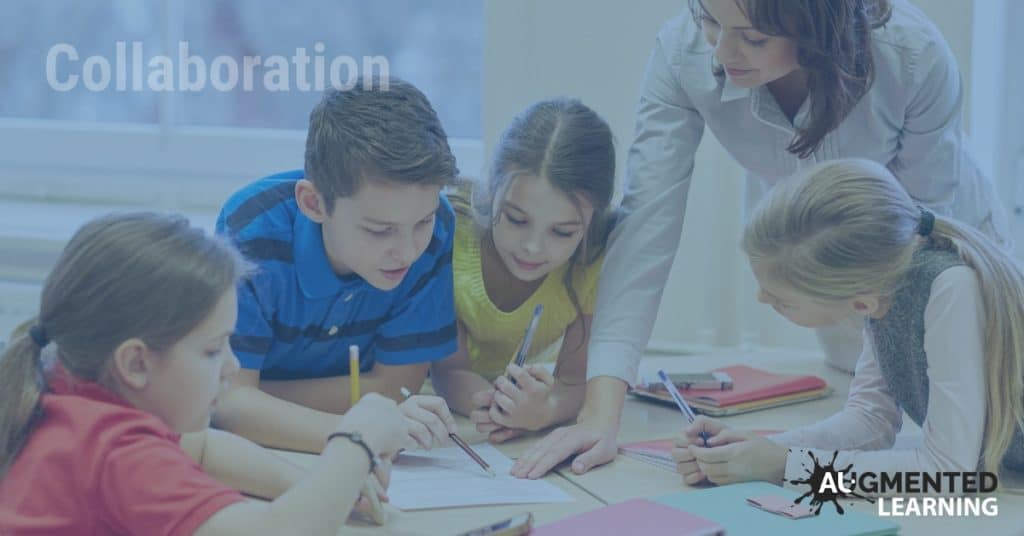
2. Learns primarily from an instructor
Within the classroom environment, learners have traditionally been educated by a teacher. We know that sound relationships are one of the most vital aspects of student success so learning primarily from an instructor is not a bad thing at all. However, in todays connected society educators need to ensure that they understand the power and value of the connected world we find ourselves in.
We are no longer the holder of all knowledge. In fact we would be hard pressed to be the “expert” in almost any field these days. Instead the rise of YouTube and other platforms put the world’s experts at our fingertips, often for free. These are opportunities for our students that we simply cannot dismiss. Lets hand some of the power over to our students. Lets give them the skills to decipher the endless amounts of content available to them online and facilitate an environment which promotes critical thought and allows our students to digest content that will support their learning in the classroom, make them more curious and have them challenging the status quo!
We are no longer the holder of all knowledge. In fact we would be hard pressed to be the “expert” in almost any field these days. Instead the rise of YouTube and other platforms put the world’s experts at our fingertips, often for free. These are opportunities for our students that we simply cannot dismiss. Lets hand some of the power over to our students. Lets give them the skills to decipher the endless amounts of content available to them online and facilitate an environment which promotes critical thought and allows our students to digest content that will support their learning in the classroom, make them more curious and have them challenging the status quo!
3. Learns in a teacher-directed environment
Traditionally, learners have carried out their studies under the direction of the teacher. They have worked in a way suggested to them, they have used the materials they have been given, and they have relied on the knowledge that the teacher has possessed.
Pedersen (2003) describes a teacher-directed instruction as an environment where students work to meet the objectives set by the teacher. By contrast, in a student centred learning environment, students work to provide a response to a central question. Since students must sort out for themselves what they need to do and know in order to develop this response, student-centred approaches are more likely to promote student ownership over their process and learning than do teacher-directed approaches.
Moving forward, this traditional approach needs to be flipped. If we’re to develop students who are independent, and autonomous, we need to create a learning environment where the responsibility of the learning is in the hands of the students.
Pedersen (2003) describes a teacher-directed instruction as an environment where students work to meet the objectives set by the teacher. By contrast, in a student centred learning environment, students work to provide a response to a central question. Since students must sort out for themselves what they need to do and know in order to develop this response, student-centred approaches are more likely to promote student ownership over their process and learning than do teacher-directed approaches.
Moving forward, this traditional approach needs to be flipped. If we’re to develop students who are independent, and autonomous, we need to create a learning environment where the responsibility of the learning is in the hands of the students.

4. Is grouped by age, subject, and often skill level
Our current curriculum is simply our best guess at what, how and when students should be learning. And despite skill level and capacity for learning, we group students together in clumps of 20-30, who are around about the same age. Education in this sense has barely changed in the last 200 years, which was established during the Industrial Revolution. Mokyr (2001) explains that factories required workers who could follow orders, respect the space and property rights of others, be punctual, docile and sober.
While it can be challenging to change the “how” we learn (without a massive shift in policy) we can enhance the “what” and the “when”. In a recent post we discussed Bartle’s Player Types in education and described “Explorers” – the curious learners who love the learning journey and enjoy going off on tangents. Can you provide some 80/20 time or a passion project type approach? By encouraging students to define their own learning journey or provide opportunities for a thematic or integrated approach we can open up new knowledge and learning opportunities for these students.
In addition to this, pedagogical approaches such as Flipped Learning allow us to take direct instruction, and move it from within the classroom, to outside of the classroom. To imagine this, picture a traditional classroom with a teacher at the front of the class “chalking and talking”. Now take that instructional process and allow students to digest the same (or similar) content any time they want, on any device they have, as many times as they like. This is flipped learning.
The majority of our learners today, still fit this traditional mould – learning what, how and when we want them too. We should never settle for the characteristics of a traditional learner described above. Instead we need to ensure that as educators, we are constantly challenging a traditional learner profile, exploring unique and powerful experiences that hand some of the power back to our students.
Mokyr, J. (2001). The rise and fall of the factory system: technology, firms, and households since the industrial revolution.
Pedersen, S., & Liu, M. (2003). Teachers’ beliefs about issues in the implementation of a student-centered learning environment. Educational Technology Research and Development, 51(2), 57-76.
While it can be challenging to change the “how” we learn (without a massive shift in policy) we can enhance the “what” and the “when”. In a recent post we discussed Bartle’s Player Types in education and described “Explorers” – the curious learners who love the learning journey and enjoy going off on tangents. Can you provide some 80/20 time or a passion project type approach? By encouraging students to define their own learning journey or provide opportunities for a thematic or integrated approach we can open up new knowledge and learning opportunities for these students.
In addition to this, pedagogical approaches such as Flipped Learning allow us to take direct instruction, and move it from within the classroom, to outside of the classroom. To imagine this, picture a traditional classroom with a teacher at the front of the class “chalking and talking”. Now take that instructional process and allow students to digest the same (or similar) content any time they want, on any device they have, as many times as they like. This is flipped learning.
The majority of our learners today, still fit this traditional mould – learning what, how and when we want them too. We should never settle for the characteristics of a traditional learner described above. Instead we need to ensure that as educators, we are constantly challenging a traditional learner profile, exploring unique and powerful experiences that hand some of the power back to our students.
Mokyr, J. (2001). The rise and fall of the factory system: technology, firms, and households since the industrial revolution.
Pedersen, S., & Liu, M. (2003). Teachers’ beliefs about issues in the implementation of a student-centered learning environment. Educational Technology Research and Development, 51(2), 57-76.


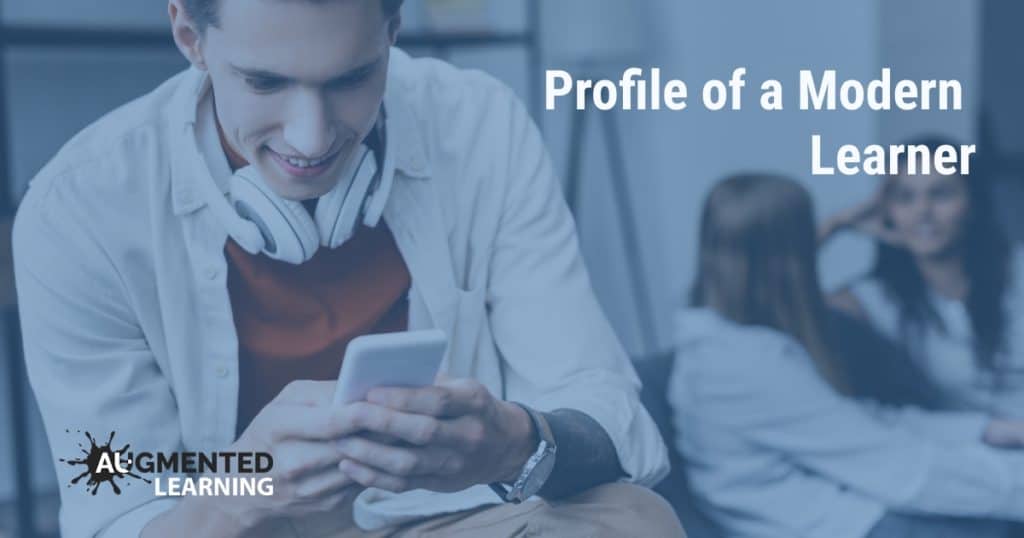
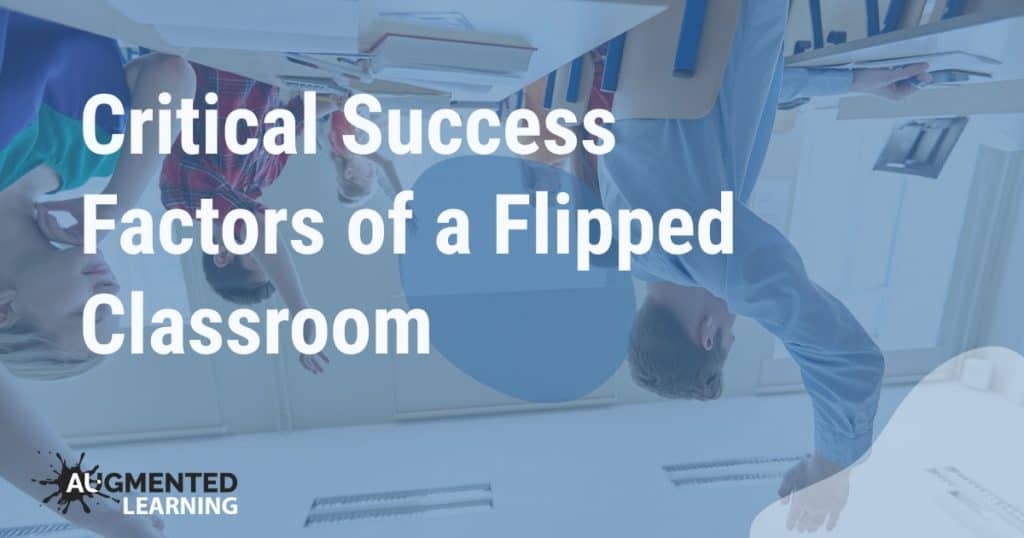
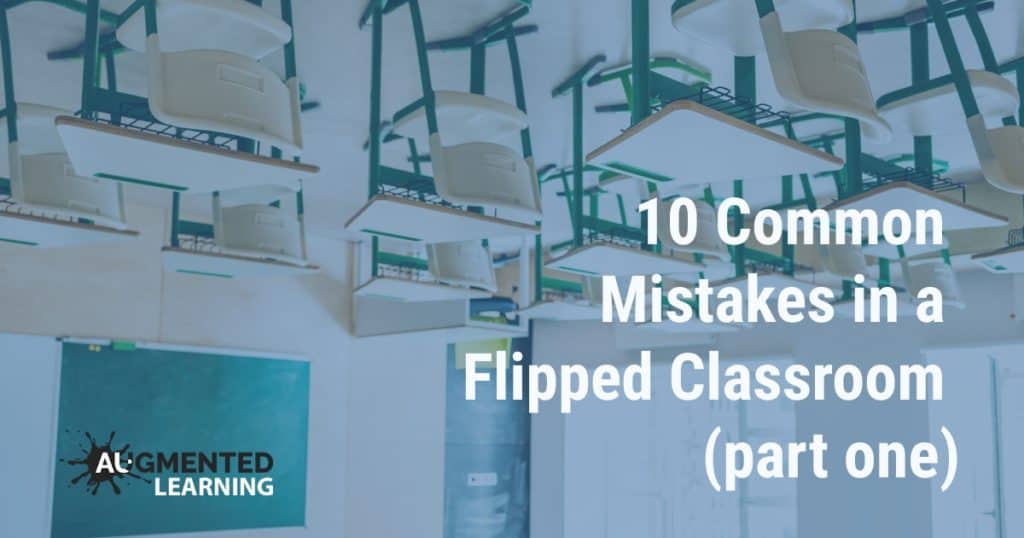
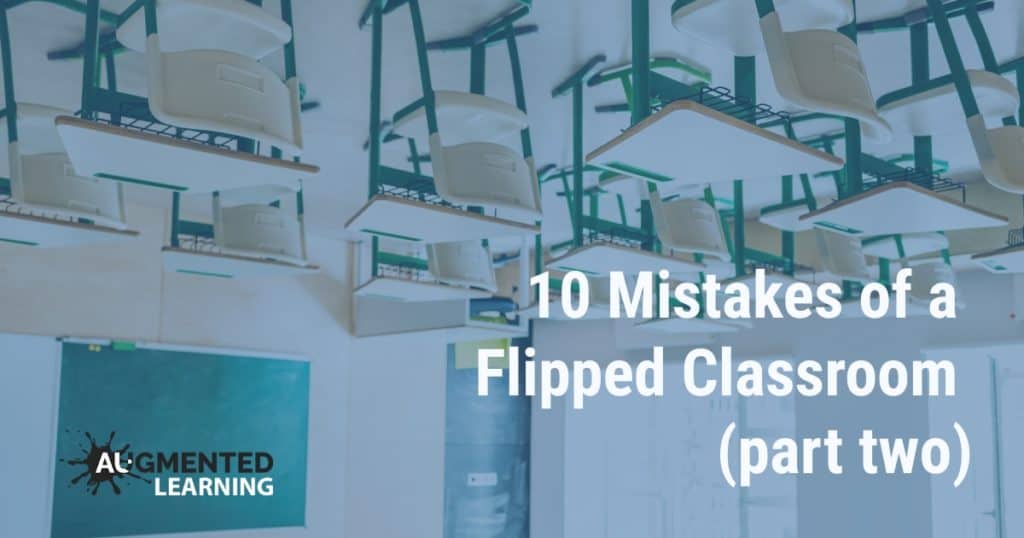
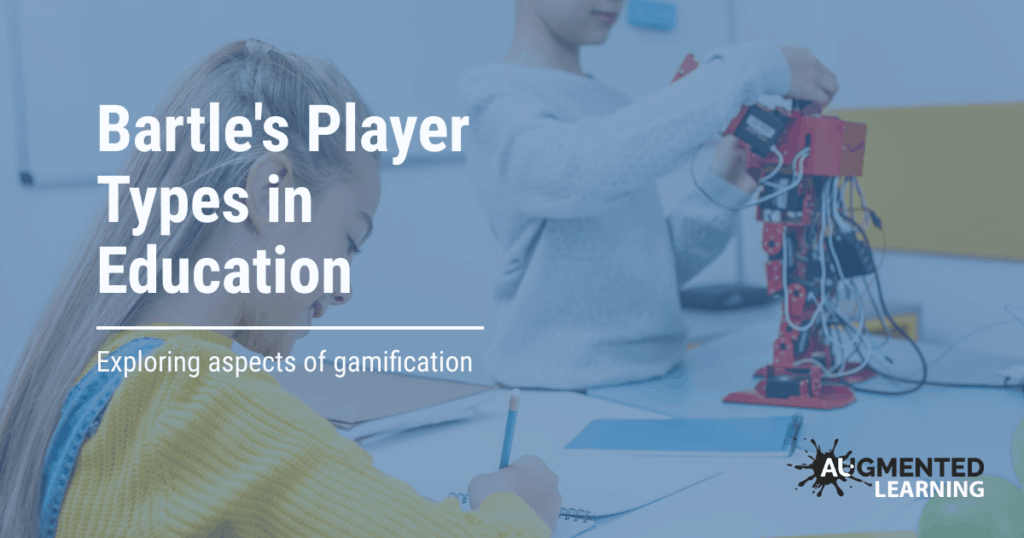
Responses